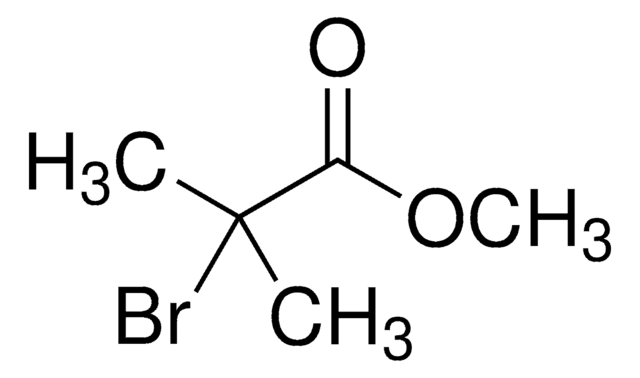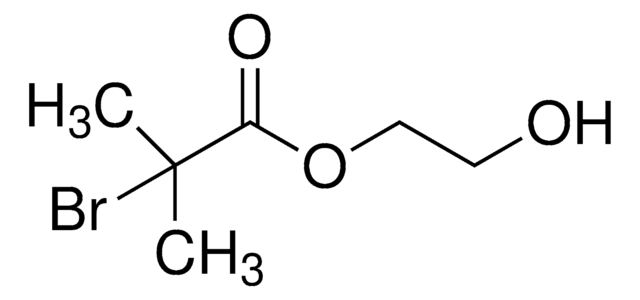419214
Dimethyl 2,6-dibromoheptanedioate
97%
Sinónimos:
2,6-Dibromoheptanedioic acid dimethyl ester
About This Item
Productos recomendados
Análisis
97%
formulario
liquid
puntuación de productos alternativos más sostenibles
old score: 2
new score: 1
Find out more about DOZN™ Scoring
características de los productos alternativos más sostenibles
Waste Prevention
Safer Solvents and Auxiliaries
Design for Energy Efficiency
Learn more about the Principles of Green Chemistry.
índice de refracción
n20/D 1.501 (lit.)
bp
130-140 °C/0.01 mmHg (lit.)
densidad
1.59 g/mL at 25 °C (lit.)
categoría alternativa más sostenible
cadena SMILES
COC(=O)C(Br)CCCC(Br)C(=O)OC
InChI
1S/C9H14Br2O4/c1-14-8(12)6(10)4-3-5-7(11)9(13)15-2/h6-7H,3-5H2,1-2H3
Clave InChI
AWWJYEJSCIDADZ-UHFFFAOYSA-N
Categorías relacionadas
Descripción general
Aplicación
- Preparation of difunctional poly(n-butyl acrylate) (pBA) macroinitiator.
- As initiator for the synthesis of dibromo-terminated polystyrene, via atom transfer radical polymerization (ATRP).
- Preparation of polytrithiocarbonate, which serves as Reversible Addition-Fragmentation chain Transfer (RAFT) agent for radical polymerization reactions.
Palabra de señalización
Warning
Frases de peligro
Consejos de prudencia
Clasificaciones de peligro
Acute Tox. 4 Oral - Eye Irrit. 2 - Skin Irrit. 2 - STOT SE 3
Órganos de actuación
Respiratory system
Código de clase de almacenamiento
10 - Combustible liquids
Clase de riesgo para el agua (WGK)
WGK 3
Punto de inflamabilidad (°F)
235.4 °F - closed cup
Punto de inflamabilidad (°C)
113 °C - closed cup
Equipo de protección personal
Eyeshields, Faceshields, Gloves, type ABEK (EN14387) respirator filter
Certificados de análisis (COA)
Busque Certificados de análisis (COA) introduciendo el número de lote del producto. Los números de lote se encuentran en la etiqueta del producto después de las palabras «Lot» o «Batch»
¿Ya tiene este producto?
Encuentre la documentación para los productos que ha comprado recientemente en la Biblioteca de documentos.
Los clientes también vieron
Nuestro equipo de científicos tiene experiencia en todas las áreas de investigación: Ciencias de la vida, Ciencia de los materiales, Síntesis química, Cromatografía, Analítica y muchas otras.
Póngase en contacto con el Servicio técnico

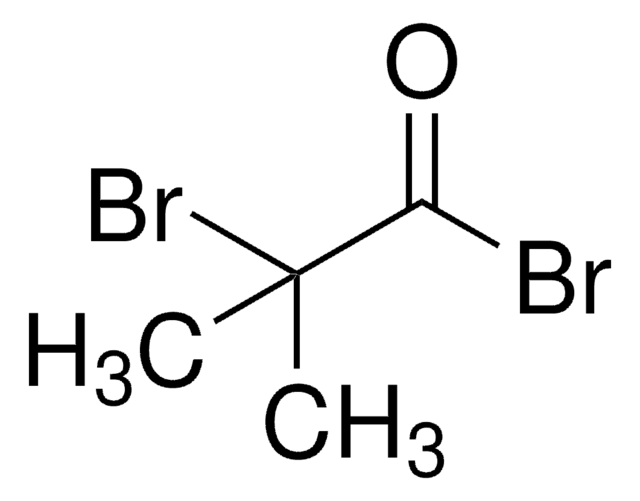

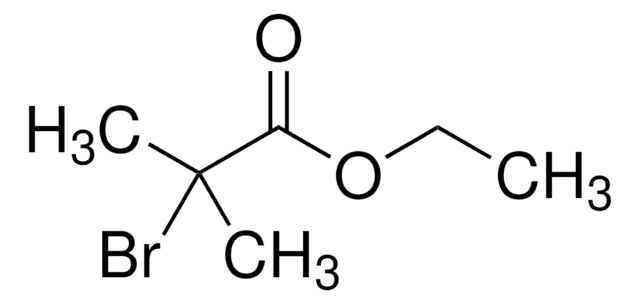
![Tris[2-(dimethylamino)ethyl]amine 97%](/deepweb/assets/sigmaaldrich/product/structures/695/792/ee0ff167-22a3-43a7-83a1-6c4908adf0ae/640/ee0ff167-22a3-43a7-83a1-6c4908adf0ae.png)

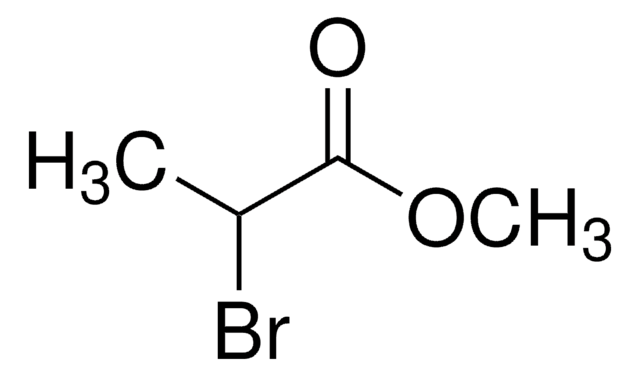


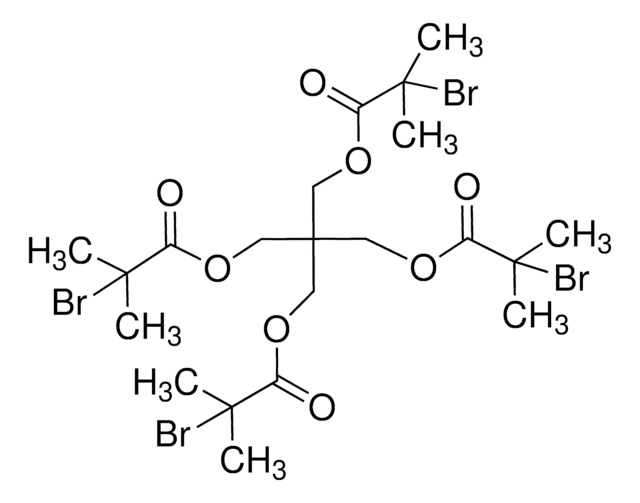

![4-Cyano-4-[(dodecylsulfanylthiocarbonyl)sulfanyl]pentanol](/deepweb/assets/sigmaaldrich/product/structures/839/520/64c23004-f340-460f-a379-8670a35d0433/640/64c23004-f340-460f-a379-8670a35d0433.png)
